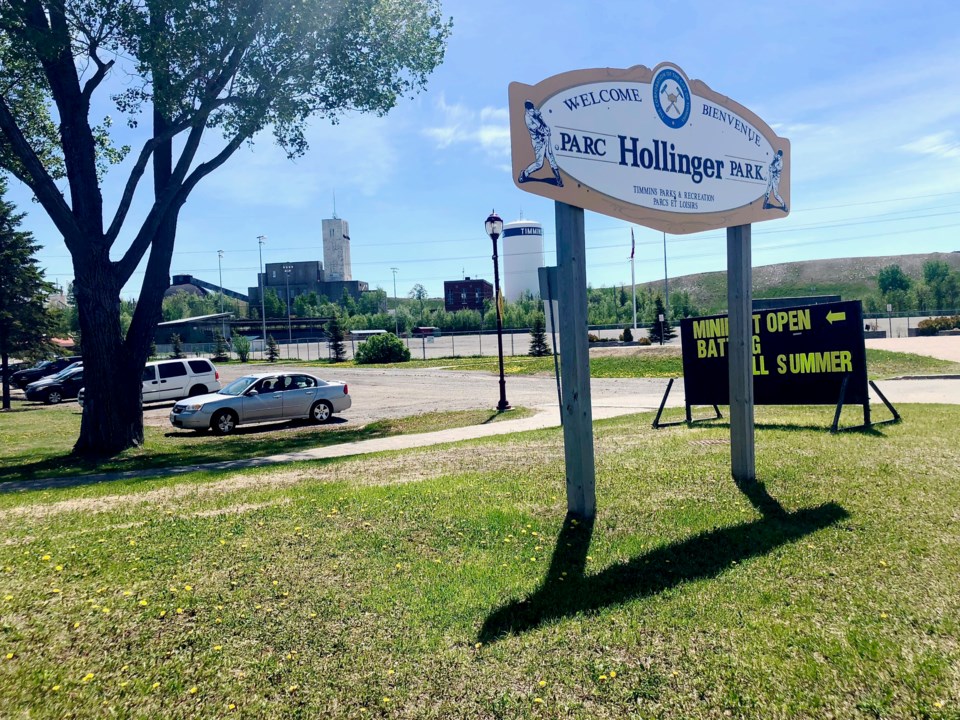A Timmins politician who says that people are "losing faith" in council wants a plan outlining what resources are needed for people to safely move out of homeless encampments.
At the Aug. 13 Timmins council meeting, Coun. Steve Black asked about the city's encampment bylaw policies. The discussion revealed that city staff have talked to a lawyer, who's weigh in on the local procedures.
Over the summer, Black said there have been a steady number of tents at Hollinger Park, which is the city's biggest park that's centrally located.
There are also tents set up behind the emergency shelter Living Space on Spruce Street South.
“I swung by the Hollinger Park before coming in today, I counted 10 (tents). I don't know if I was exact, because I was just driving,” said Black.
Ways to tackle homelessness have been a frequent conversation at the city council table.
In June, a parklands bylaw was approved to address concerns about vandalism, littering, fires, open fires, overnight camping and public loitering. This is in addition to the existing encampment outreach and response protocol.
The Community Legal Clinic of York issued a public letter after the parklands bylaw went into effect, advising the city not to apply it without first getting a court order to allow it.
RELATED: 'Common sense' bylaw lays out what's allowed in public spaces
SEE: Legal clinic strongly advises Timmins not to apply new bylaw without court order
Everyone staying in a tent, Black said, has a story as to why.
"The point is, for me, the Hollinger Park is not the right place for this to be going on," he said.
"When we talk vulnerable populations, homeless is a vulnerable population. When we talk children and youth it's a vulnerable population. I don't think the two mix well."
Black questioned why city-owned arenas that offer showers and protection from the weather can't be set up as temporary emergency facilities.
“If they're choosing to stay there and refusing to go into that facility if it's made available, that's a different discussion, and I think we need to find a way to address that where they're choosing to live isn't in the most populated park in the city, and it's been two months now,” he said.
The simple answer, said Mayor Michelle Boileau, is a lack of adequate resources.
Resources are controlled by council, Black noted.
"Our people are losing faith in this table's willingness to listen to them and solving issues,” he said.
He's calling for a solution that adheres to human rights to be brought to council laying out all the details of how to safely move people out of the park.
"Being stuck in this limbo is so frustrating as a city councillor, and I just can't let it continue without saying something,” he said.
Legal review
Timmins CAO Dave Landers and clerk Steph Palmateer talked to a lawyer about the local situation a couple of weeks ago.
The city provided information about services, bylaws and enfocrement activities, among other items. A draft opinion has been submitted to the city, but because both Landers and Palmateer had been out of the office, they hadn't worked through the document yet.
The review is expected to be ready for the next council meeting on Sept. 3.
Solve the Crisis campaign
Regions across the province are working to find ways to address homelessness.
The Northern Ontario Large Urban Mayors (NOLUM) recently endorsed the Solve the Crisis campaign launched by Ontario's Big City Mayors.
It calls on the provincial government to implement an action plan.
The key recommendations are:
- Appointing a single minister provincially to bring cross-ministry focus to this issue and fund that ministry appropriately.
- Have the new provincial minister strike a task force to advise and make recommendations on solutions to these issues with a cross-section of stakeholders and commit to funding the recommendations.
- Provide the municipality with resources to transition homeless and underused individuals to appropriate housing with the necessary supports Fund a 24/7 crisis response service across the province to relieve the pressure on hospital emergency centres and first responders.




